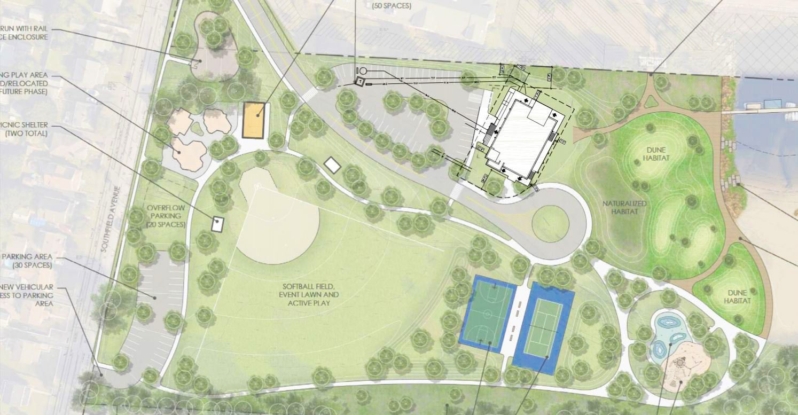Originally published on NextCity.
It has been said that no great city is truly great unless it has great parks. When we think of our nation’s leading cities, it is the iconic parks — Central Park in New York, Golden Gate Park in San Francisco, Millennium Park in Chicago, Piedmont Park in Atlanta, Griffith Park in Los Angeles and Boston Common — that leap to mind. Beyond these singular parks, however, a broader view of city park “systems” reveals a more nuanced portrait, one tinted by inequity in funding and facilities.
Thousands of lesser-known neighborhood parks are the backbone of America’s park system. Often, they are the nearest — and sometimes the only — natural environment available for urban communities. Yet, despite their importance, public agencies struggle to meet the basic budgetary maintenance and programming needs of these parks. All too often, this equity imbalance falls along racial and economic lines.
Over the past several decades, the funding landscape for urban parks has changed dramatically through public-private partnerships that are taking on a greater role in park design, programming, and operations. While philanthropic and civic sector investments have helped fill a growing need for outdoor recreation opportunities, especially in downtown areas, similar investment from public and non-traditional sources is needed, as well.
Parks are a key part of community infrastructure, but often they do not realize their full potential. Inequitable access to quality parks is a national issue and a familiar concern for city park directors and staff. The problem hits neighborhoods hardest of all. Study after study shows the positive benefits of parks, from public health to economic vibrancy. Poorly maintained and programmed parks are a vast missed opportunity for our cities. Without proper investment, they fall into disuse. Often, they become unsafe.
The imbalance in urban parks is not merely a matter of funding; it is a quality concern as well. The relative appearance and facilities of urban parks and the diversity of employees at all levels of administration are both outward symbols of government accountability and responsiveness to shifting economic and racial demographics.
There are no easy solutions to this challenge, but there are glimmers of hope. In Minneapolis, the Minneapolis Park and Recreation Board (MPRB) recently made an extraordinary commitment to funding neighborhood parks and implementing a data-driven process to ensure equitable funding, based on racial and economic equity, of an additional $11 million annually in capital investments, rehabilitation, and park maintenance for the next two decades.
The MPRB was clear in its statement that the 20-Year Neighborhood Park Plan was designed expressly to “address racial and economic equity” in the city park system, according to MPRB Board Superintendent Jayne Miller. “It’s our moral obligation to ensure these new park investments are made equitably,” Miller said. (Miller will discuss the Neighborhood Parks Plan in-depth and lead field trips to Minneapolis parks at City Parks Alliance’s Greater & Greener conference in the Twin Cities next summer).
While Minneapolis is an example of planners thinking ahead, it is not alone in its commitment to urban parks. Other cities are taking different approaches with similar intent, disbursing both funding and programming more equitably. San Francisco is using data such as air quality and health statistics to develop equity metrics, comparing existing services and resources in disadvantaged communities to those available to citywide. Philadelphia is pursuing a public-private initiative that has secured $500 million to revitalize neighborhood parks, recreation centers, playgrounds, and libraries. Park Pride in Atlanta, Seattle Parks Foundation, and New Yorkers for Parks are all strong examples of nonprofit groups supporting equitable park maintenance and programming.
Solving the park equity challenge will not be easy. It will require hard work, innovative thinking, and contributions from across the community. Toward those goals, City Parks Alliance has been working with the RAND Corporation on a National Study of Neighborhood Parks. Preliminary results show that even modest investments in efforts ranging from walking loops to program marketing can increase park usage.
As we look to the future of our cities, it is clear that parks must receive much-needed funding and programming attention to guarantee fair access to healthy, vibrant, and inviting city parks for all Americans. Our cities, our neighborhoods, and our residents deserve equitable urban park systems.
 About the Author
About the Author
Catherine Nagel is the executive director of City Parks Alliance and has led the organization for fifteen years, growing the nonprofit organization from its inception to an internationally recognized learning and advocacy network. Read Catherine’s full bio here.

 About the Author
About the Author

